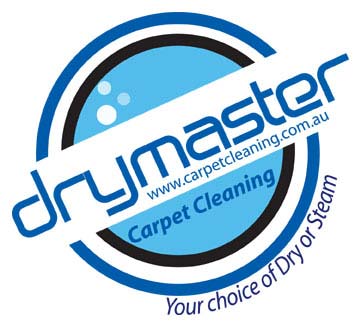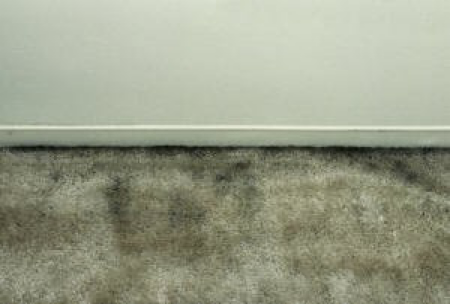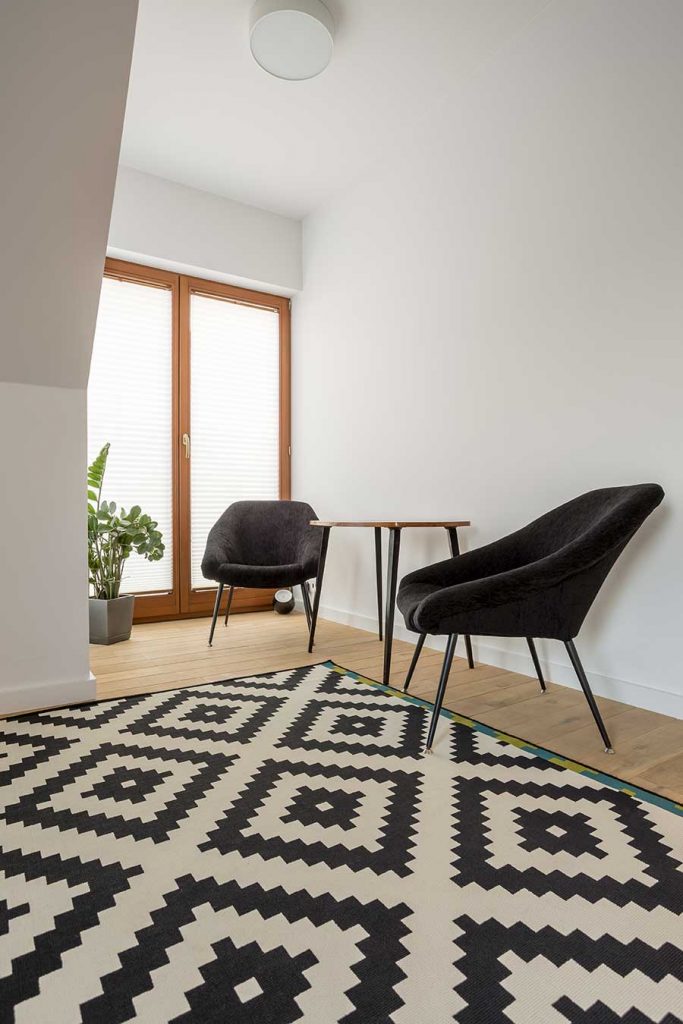Repeat these steps until it stops responding or, more likely, it’s all gone. Note that these agents may damage paint and wood finishes, and some weakening of the carpet’s lamination may occur, at least while the carpet is wet. (That’s nothing a little latex won’t fix.) As you can see filtration soil removal is a time consuming and sometimes expensive exercise and you need to consider the cost of removal to carpet replacement.
If you’re going to the trouble of disengaging the carpet to seal off areas where air flows, you might not have to worry about cleaning at all. You can take advantage of the reinstallation to restretch the carpet (using a power stretcher, of course) and physically trim off the soiled edges. If the airflow is completely stopped, then the problem is permanently solved.








